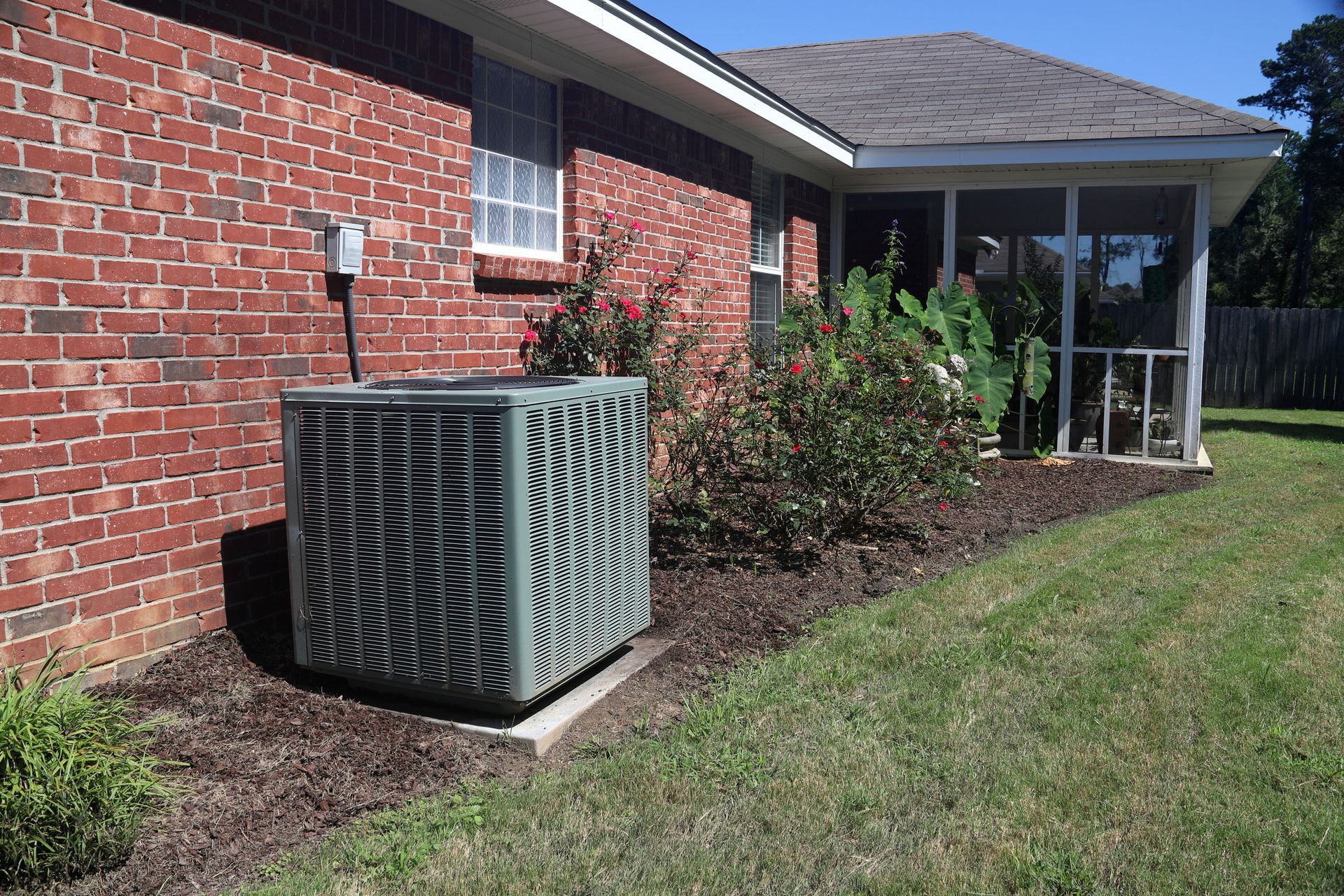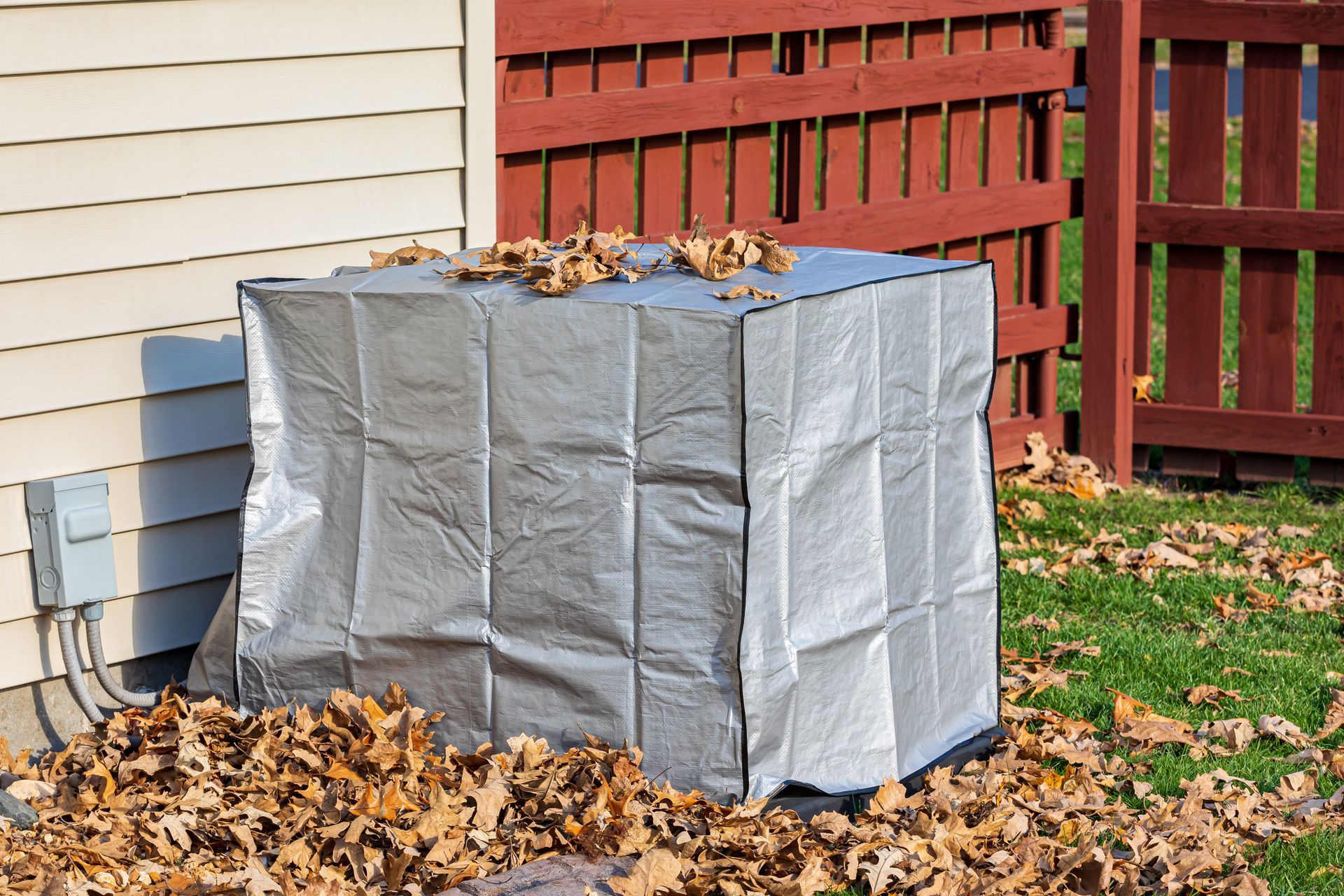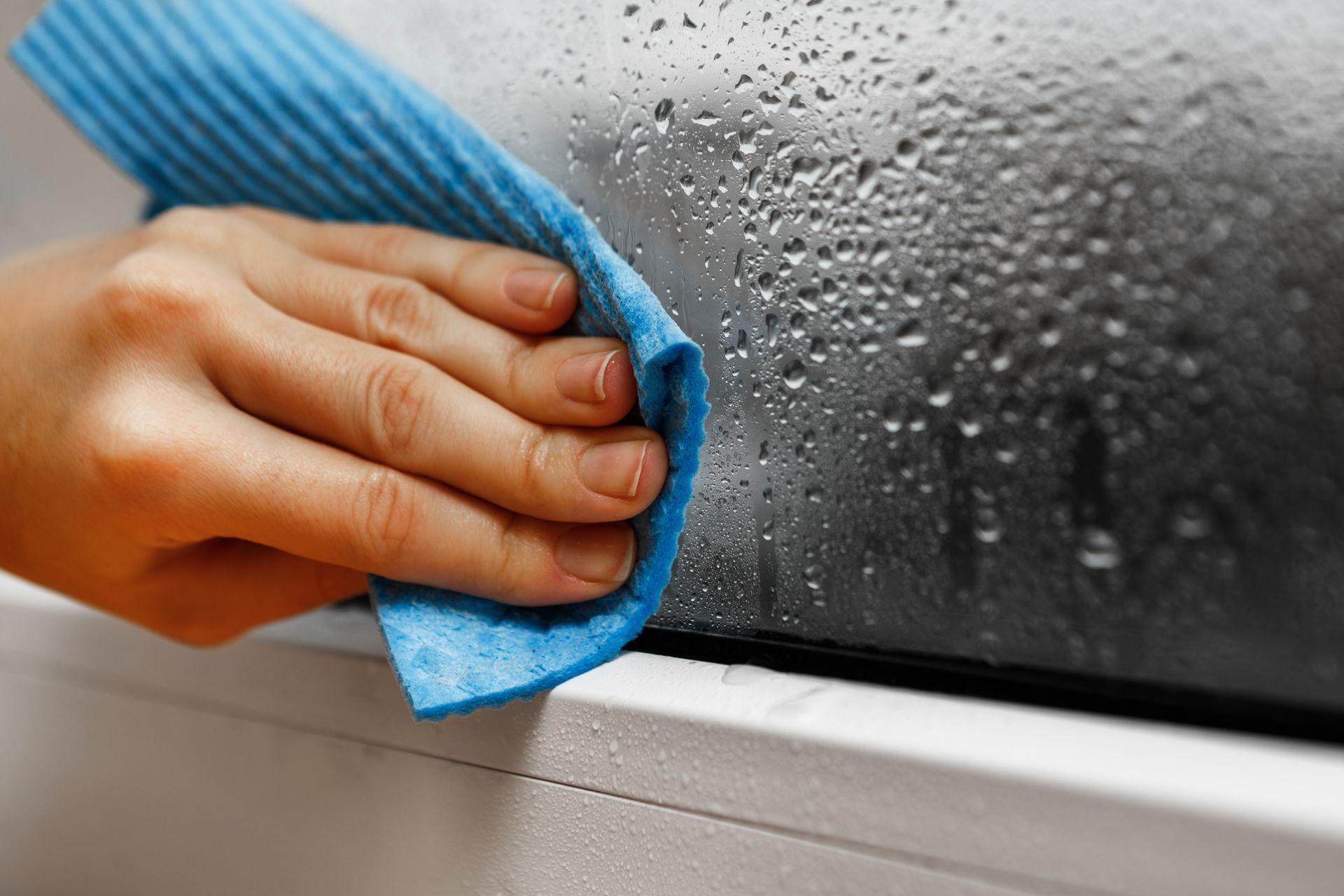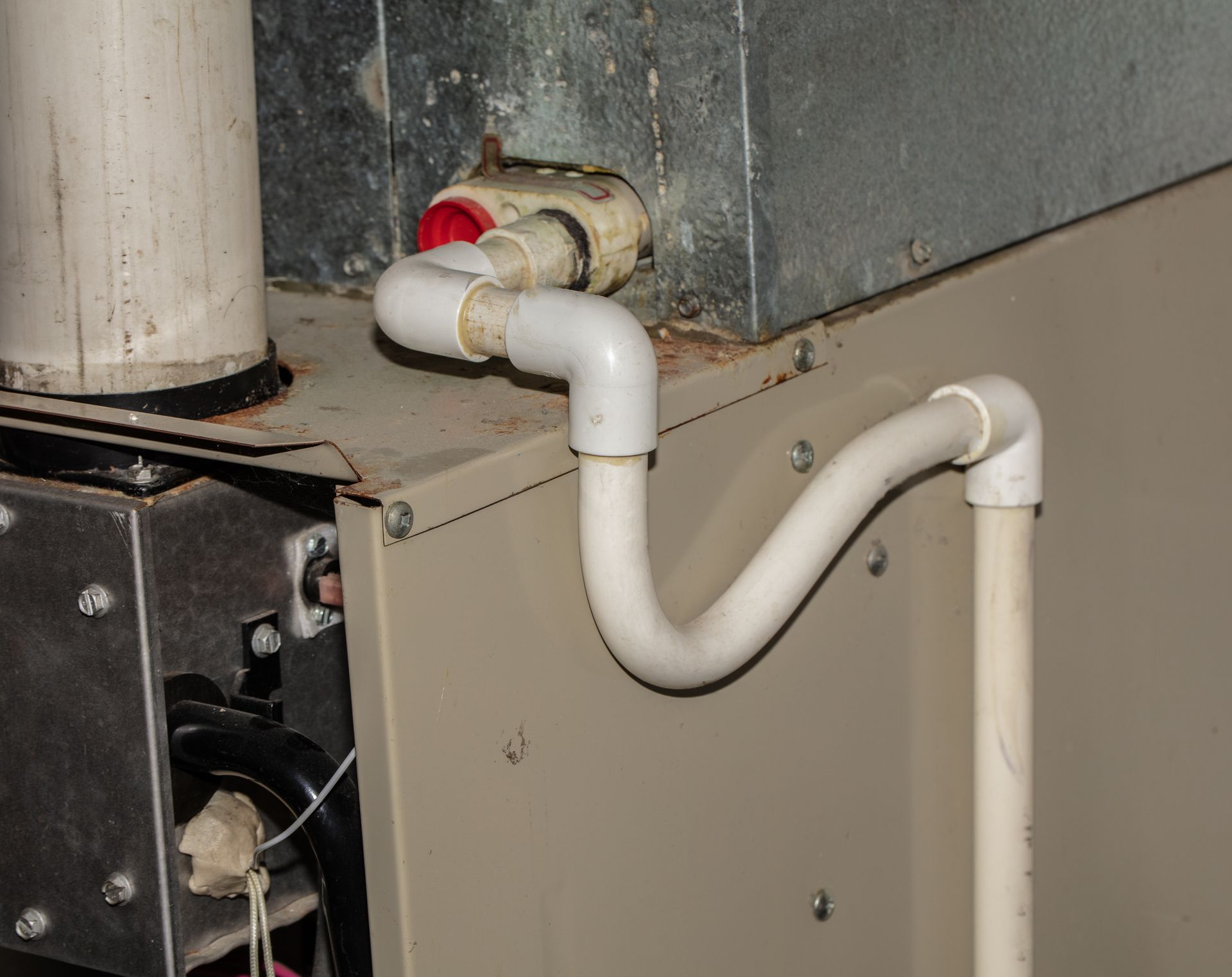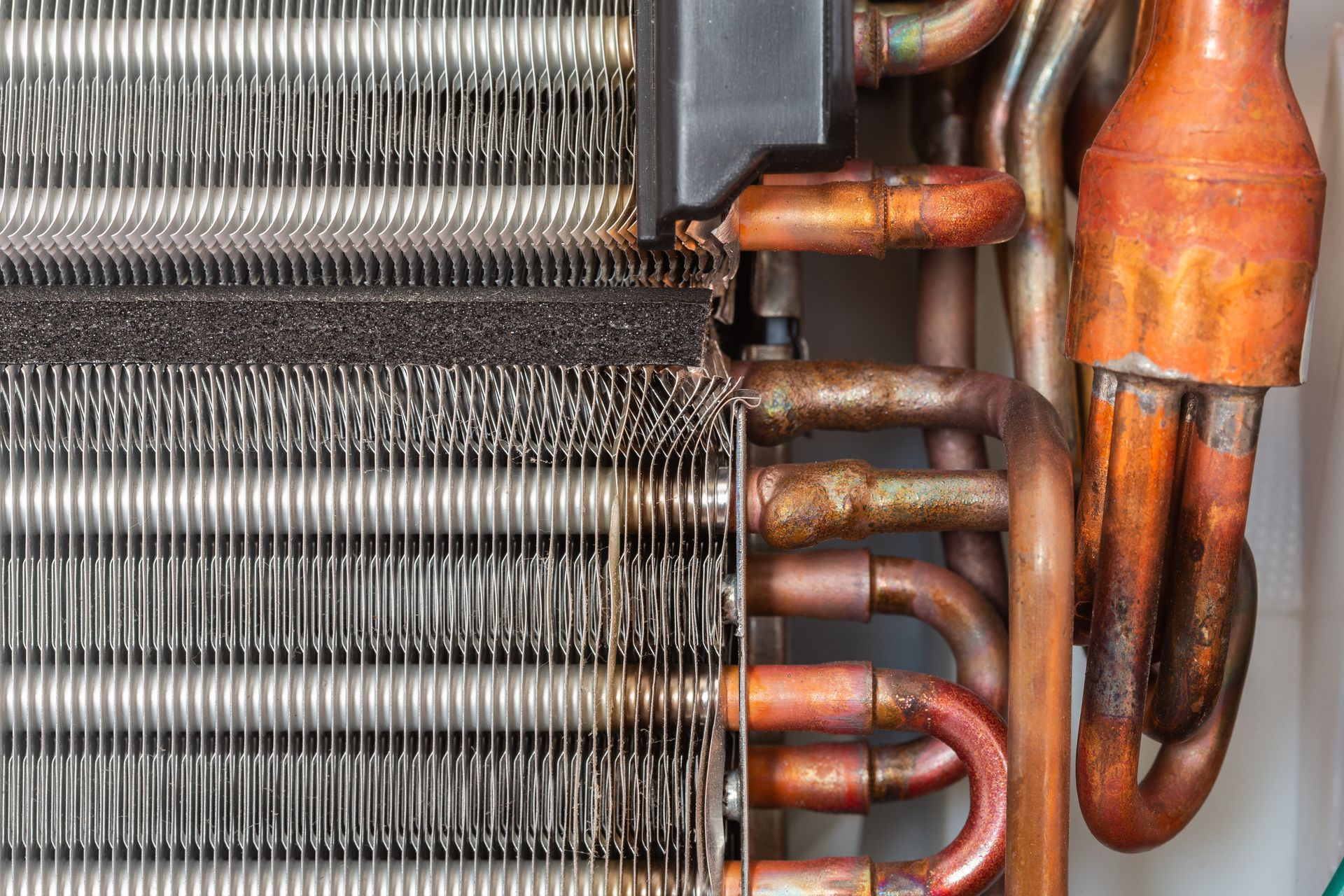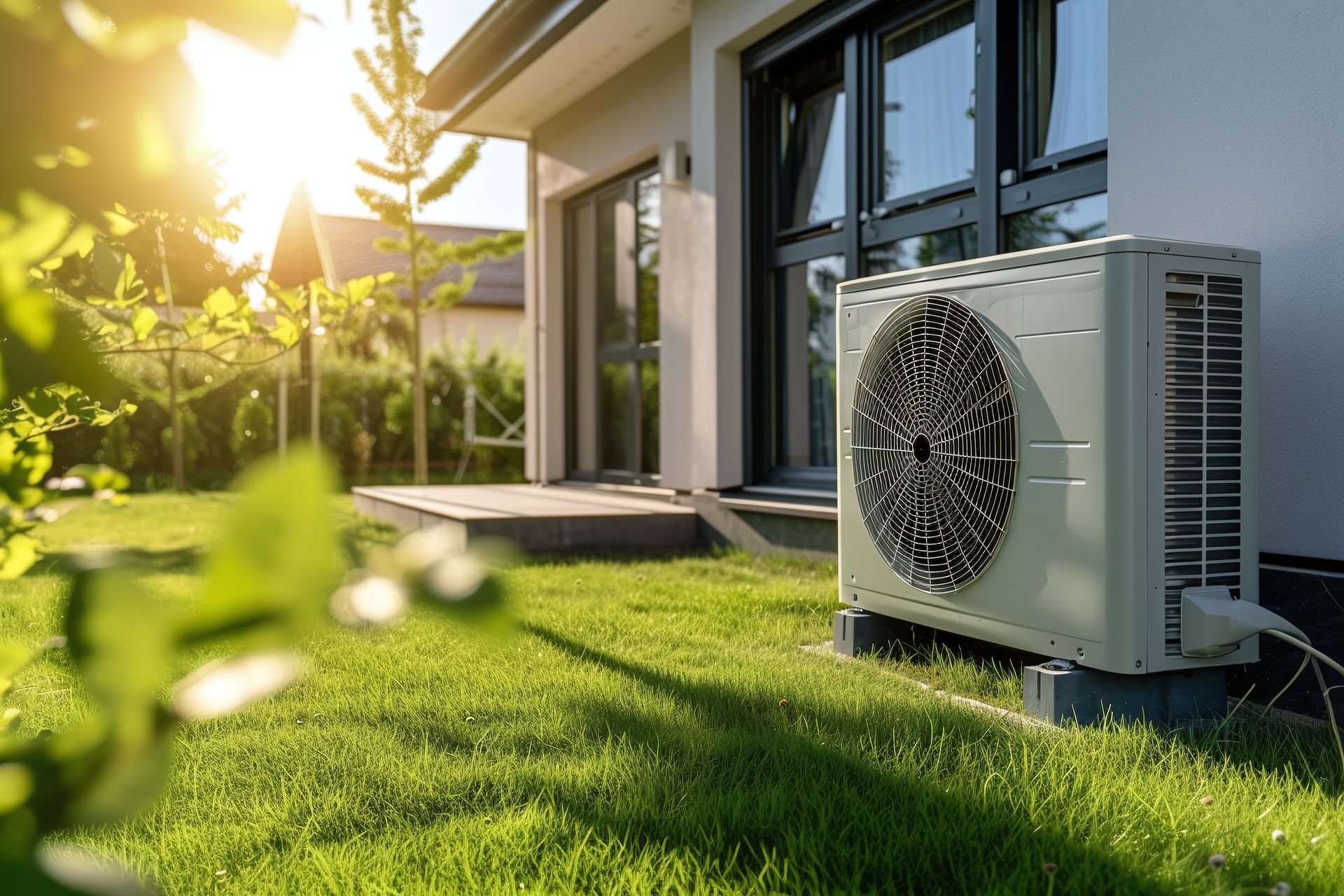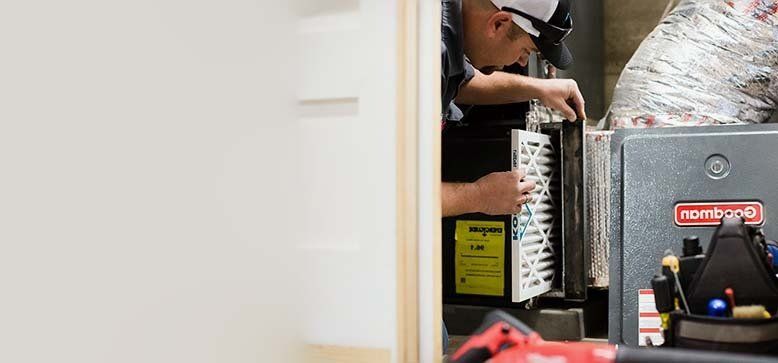How Long Do Furnaces Last?
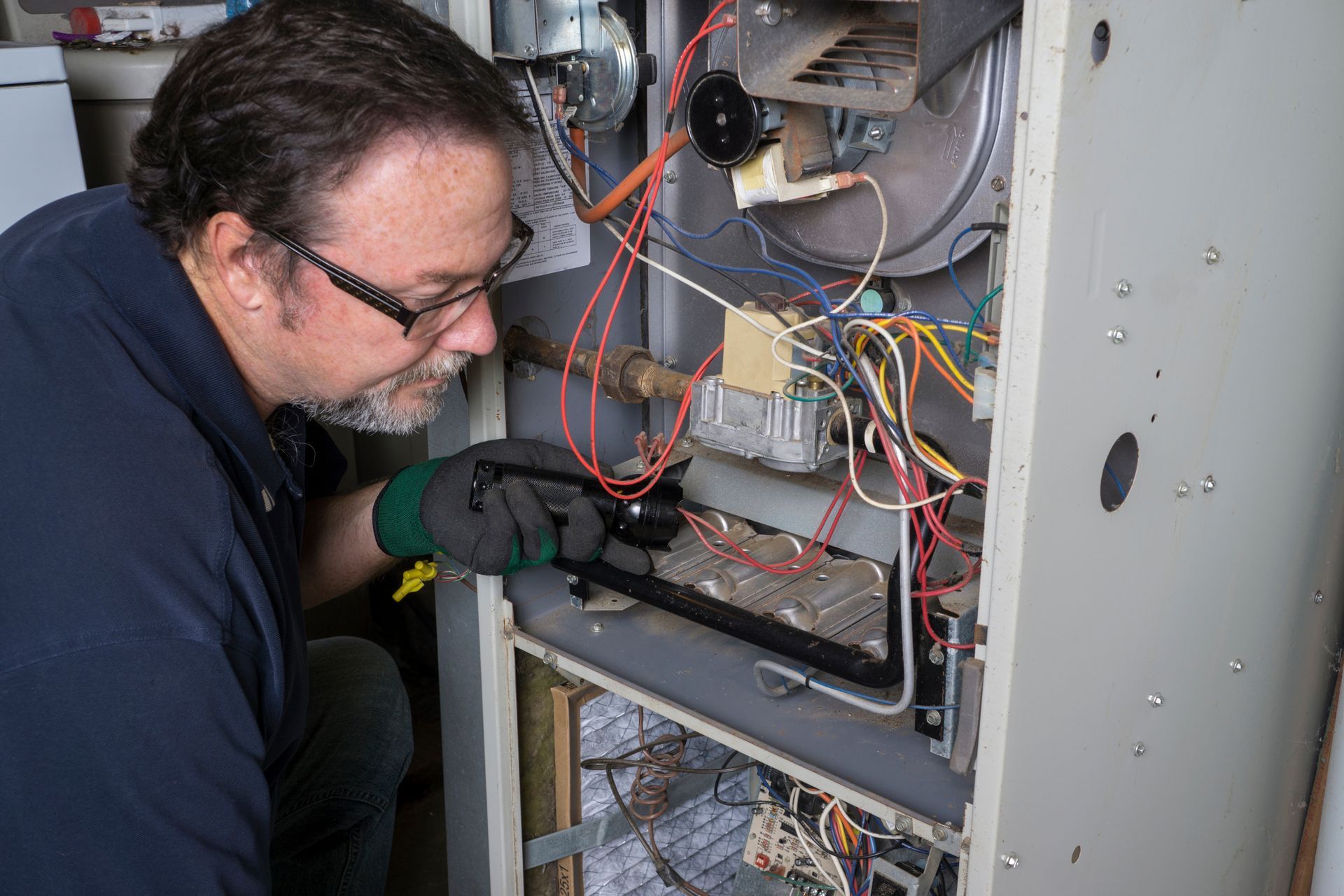
The lifespan of a furnace is a crucial consideration for homeowners. They typically have an average lifespan that ranges from 15 to 30 years depending on factors like type, usage, manufacturer, and if they have received regular maintenance. Gas furnaces typically last between 15 to 20 years, while electric furnaces can function effectively for 20 to 30 years. Boilers have a slightly longer lifespan and often last 15 to 30 years, whereas heat pumps generally last about 15 years.
Recognizing when a furnace needs replacement is important for maintaining home comfort and avoiding unexpected breakdowns during colder months. Signs that indicate that it may be time for furnace replacement include frequent repairs, rising energy bills, and inconsistent heating. Upgrading to a high-efficiency furnace like those with the ENERGY STAR label can lead to significant energy savings. These models are typically 15% more efficient than standard units, which lower energy costs while providing enhanced performance. Regular maintenance and timely repairs can also extend the lifespan of a furnace and delaying the need for a costly replacement.
Average Lifespan of a Furnace
The average life of a furnace usually ranges from 15 to 30 years. While some furnaces can exceed 40 years of service, this is a rare occurrence. The key to ensuring a furnace reaches or surpasses the average lifespan is regular maintenance. Regular check-ups done either annually or bi-annually and timely repairs will help keep a furnace operating for as long as possible.
Repairing or replacing a furnace is often determined by its age and the cost of repairs. After a furnace has been in service for 15 years, it might be time to explore replacement options. Even if the furnace isn’t completely at the end of its life, this decision allows homeowners to upgrade to the latest energy-efficient models. Modern furnaces with high annual fuel utilization efficiency (AFUE) ratings offer significant energy savings which is a factor that should be a priority for those seeking to reduce their energy costs and environmental impact. The balance between maintaining an older furnace and investing in a new, more efficient model depends on individual circumstances like how frequent and expensive repairs become.
Average Furnace Lifespan by Type
Understanding the average lifespan of different types of furnaces is key for homeowners in planning maintenance, repairs, and eventual replacement. The different types of furnaces each have their own respective lifespans.
- Gas Furnaces: Gas furnaces typically have a lifespan of 15 to 20 years. While they may not last as long as the other types, they have been the typical household furnace due to their ability to heat a space quickly and their low cost of operation.
- Electric Furnaces: Modern electric models usually last between 20 to 30 years. Although the operational costs can be higher compared to gas furnaces, the extended lifespan can be a significant advantage.
- Oil Furnaces: These are for their durability and last for 30 years or more. However, oil furnaces are becoming less common because their fuel source is less accessible than gas or electricity.
Factors that Impact Furnace Lifespan
Several factors can impact the lifespan of your furnace. Understanding these factors can help homeowners maintain their furnaces which can potentially extend their operational life:
- Improper Sizing: An inaccurately sized furnace can lead to inefficiencies or being overworked, which can reduce its lifespan. If it is too large, it cycles on and off too frequently. Conversely, a furnace that is too small overworks to heat a space. In both instances, the furnace has to work harder than normal which increases wear and tear.
- Poor Installation: Proper installation is crucial to furnace operation. Incorrectly installed furnaces with issues like poor ductwork design or flow, inadequate venting, or improper fuel line connections can lead to decreased efficiency and a shorter lifespan.
- Lack of Maintenance: Regular maintenance is vital for prolonging a furnace’s life. Neglecting routine check-ups and cleaning can lead to issues like restricted airflow, unbalanced fans, worn out components, and inefficient heat transfer. All of which can shorten a furnace's lifespan.
- Make and Model: The specific make and model of a furnace also plays a significant role in its longevity. Higher-end models often last longer than budget options and there can be plenty of variation between models within a single brand.
- Location: The placement of a furnace affects its durability. Furnaces in crawlspaces or attics may have reduced lifespans due to exposure to extreme temperatures or moisture.
- Thermostat Settings: Extreme thermostat settings can put undue strain on a furnace. Maintaining a balanced temperature setting ensures efficient operation and can prevent unnecessary stress on the furnace components.
- Moisture Levels and Ventilation: Proper ventilation and controlled moisture levels are essential in keeping the furnace operating efficiently. Excessive moisture can cause components like heat exchangers to rust and corrode which can result in premature breakdowns.
How to Determine the Age of Your Furnace
Determining the age of a furnace requires a bit of detective work. Manufacturers typically do not print the manufacturing date directly on the furnace. To find the age, you need to locate the model and serial numbers which are usually found under the furnace cover. After the serial number is located, it needs to be deciphered to uncover the age of the furnace.
To understand the serial number, you'll need to conduct an online search using the brand name and serial number. This search will lead you to resources or databases that can help interpret the serial number's coding. The coding convention varies between manufacturers, with some using the first few digits to represent the year and week or month of manufacture while others may use a letter to indicate the year. By decoding the serial number, you can accurately determine how old your furnace is, which is crucial for understanding its maintenance history and anticipating future needs.
Signs You Furnace Needs to Be Replaced
Sometimes furnaces are beyond repairs, or the frequency of repairs may no longer make sense when compared against the cost of replacement. Recognizing the signs that a furnace needs replacement is essential for maintaining a comfortable, safe, and efficient home heating system. Here are the key signs that it might be time to replace your furnace:
- Frequent Service Calls: Regularly needing repairs suggests that the furnace is nearing the end of its useful life.
- Expensive Repair Bills: High costs for repairs, especially if they are approaching or exceeding half the price of a new furnace, often mean replacement is more economical.
- Uneven Temperatures: If some rooms are warmer or cooler than others, it could indicate that the furnace is losing its ability to distribute heat properly.
- Inconsistent Thermostat Temperatures: Difficulty in maintaining the set temperature can signal furnace inefficiency or failure.
- Furnace Blowing Cold Air: This is a clear sign of malfunction which requires immediate attention and repair.
- New or Increased Noises: Sounds like rattling, popping, screeching, or humming can indicate mechanical issues.
- Rise in Energy Bills: An unexplained increase in energy bills can be a sign of a furnace losing efficiency.
- Soot Near the Furnace Register: Accumulation of soot or dust suggests excessive carbon dioxide production which is a serious concern.
- Visible Flame Color Change: A furnace flame should be blue. Yellow flames indicate possible carbon monoxide production or gas leaks.
- Frequent On/Off Cycling: This can point to issues with the fan motor or flame sensor which affect efficient furnace operation.
How to Extend the Lifespan of Your Furnace
Regular maintenance and careful use are key to ensuring your furnace operates effectively for as long as possible. Here are essential steps to help extend your furnace's lifespan:
- Regular Cleaning and Maintenance: Keep all components like motors and the heat exchanger free from dirt and debris. This also includes checking and cleaning the furnace air filter regularly.
- Use the Correct Filters and Change Them Monthly: Air filters control the amount of dust and debris that enter the furnace. Changing them regularly can significantly improve the efficiency and longevity of your furnace.
- Control Thermostat Settings: Keeping the thermostat on a lower setting reduces furnace run time. Look for other ways to maintain comfortable indoor temperatures like sealing air leaks in doors and windows to help minimize the workload on the furnace.
- Ensure Open and Unobstructed Vents: Blocked ducts can build pressure and damage the furnace. Keeping all vents open and unblocked is important for maintaining system balance.
- Inspect and Maintain Gas Connections: Regular checks for gas leaks and verifying proper pressure are essential for fuel-fired heating systems.
- Clean and Inspect Burners: Regularly cleaning and inspecting the burners help maintain efficient combustion.
- Check the Exhaust System: It's important to ensure the exhaust system on fuel run furnaces has proper draft and clearance from combustibles.
- Test and Calibrate the Thermostat: Ensuring your thermostat is accurately calibrated can lead to more efficient furnace operation.
- Consider Dual-Fuel Systems: When replacing your furnace, using a heat pump to create a dual-fuel system can reduce the workload on the furnace when minimal heat is needed to stay comfortable.
- Annual Professional Maintenance: Hiring a qualified HVAC contractor for annual maintenance is crucial. These check-ups should include tasks like lubricating motor bearings, cleaning the fan and its compartment, tightening or replacing fan belts, checking electrical connections and voltage, and inspecting the heat exchanger for cracks.
Do You Need to Replace Your Furnace?
Deciding whether to replace a furnace is an important consideration for homeowners, especially when facing repeated repairs or performance issues. Key factors to consider include the age of the furnace, efficiency ratings, and the costs of repairs versus replacement.
Furnaces over 15 years old are typically nearing the end of their lifespan and may no longer be cost-effective to maintain. These older units tend to be less efficient which can potentially lead to higher fuel and operating costs. The efficiency of a furnace is measured by its Annual Fuel Utilization Efficiency (AFUE) rating, which indicates the percentage of fuel converted into usable heat. Modern furnaces typically have an AFUE rating of 80% or higher, with some of the most efficient models reaching up to 98%. Replacing an older furnace with a new high-efficiency unit between 90% and 99%, can significantly reduce heating expenses and save money.
A useful guideline in making this decision is the 50% Rule: if the cost of repairs is more than 50% of the cost of a new furnace, it generally makes sense to replace the furnace. Upgrading to a new, more efficient furnace can provide a good return on investment, both in terms of energy savings and increased reliability. Consulting with a professional can help homeowners assess their specific situation and make an informed decision.
Contact Greener Solutions If You Need Your Furnace Replaced
Understanding when to maintain or replace your furnace is crucial for ensuring a comfortable and energy-efficient home. If you're experiencing any of the signs that your furnace might need attention or if you're considering an upgrade to a more efficient model, GS Home Services is here to help. Our team of experienced professionals is committed to providing top-notch service and expert advice. Don't hesitate to reach out to GS Home Services for all your furnace maintenance and replacement needs. Let us help you maintain a warm, safe, and efficient home environment.
Furnace Lifespan FAQs
How long does a furnace usually last?
The average life expectancy of a furnace typically ranges between 15 to 30 years depending on the type, quality of the unit, and maintenance practices. Gas furnaces usually last about 15 to 20 years while electric furnaces can last 20 to 30 years. Routine maintenance and timely repairs can significantly impact and potentially extend a furnace's operational lifespan.
Can a furnace last 25 years?
A furnace can last 25 years or more in optimal conditions. This is particularly true if it is an electric model which tends to have a longer lifespan compared to gas furnaces. The key to achieving such longevity includes regular maintenance, timely repairs, and proper installation. However, it's important to note that even with meticulous care, the efficiency of a furnace may decline as it ages.
How efficient is a 20-year-old furnace?
A 20-year-old furnace is likely much less efficient compared to modern models. Furnaces that are two decades old typically have an Annual Fuel Utilization Efficiency (AFUE) rating around 70-80%. Newer units can achieve efficiencies of 90% or higher. This lower efficiency means higher energy usage and costs which makes older furnaces less economical in the long run.
How do you know when your furnace needs to be replaced?
Signs that your furnace may need to be replaced include frequent repairs, increased energy bills, and inconsistent heating. Unusual noises, the presence of soot or rust around the furnace, and a yellow flame instead of a blue one in gas furnaces are also indicators it’s time to be replaced.


